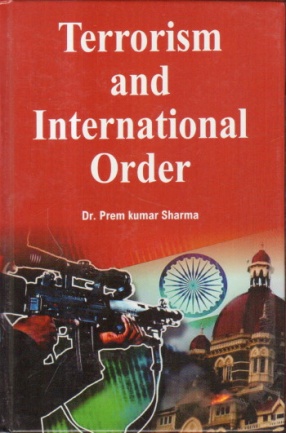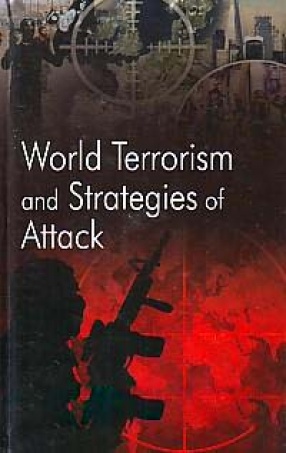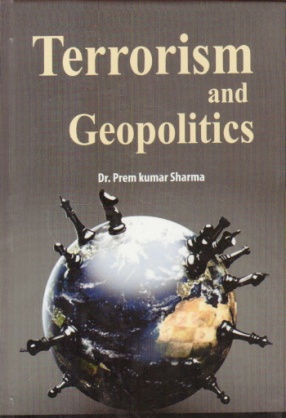International terrorism is not a new phenomenon. It has been a matter of concern to the international community previous to the creation of the United Nations. At the end of the nineteenth century, the anarchist movement adopted terrorism as a tactic, “propaganda by deeds’, which meant the deliberate targeting of a number of monarchs and heads of state as a means to achieve revolutionary change in the political system. But it was in the era of the United Nations that the term terrorism became highly controversial and amorphous. International terrorism involves violent acts, or acts dangerous to human life, that are a violation of the criminal laws of the United States or any state, or that would be a criminal violation if committed within the jurisdiction of the United States or any state, and which are intended to intimidate or coerce a civilian population, influence the police of a government, or affect the conduct of a government. Acts of international terrorism transcend national boundaries in terms of the means by which they are accomplished, the intended persons they appear to intimidate, or the locale in which the perpetrators operate. The book seeks to explore and expose rhetoric and reality of the system, which claims to be democratic and participatory.
Contents: Preface. 1. Introduction. 2. International reaction to nuclear terrorism. 3. Al-Qaeda and international terrorism. 4. International terrorism and chemical warfare. 5. Infrastructural threats of terrorism. 6. Terrorism strategy of insurgency. 7. Terrorist use of the internet. 8. Cyberterrorism and international cooperation. Bibliography. Index.








There are no reviews yet.